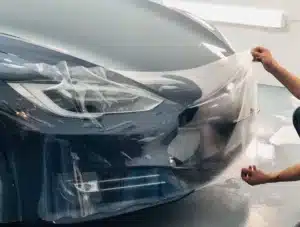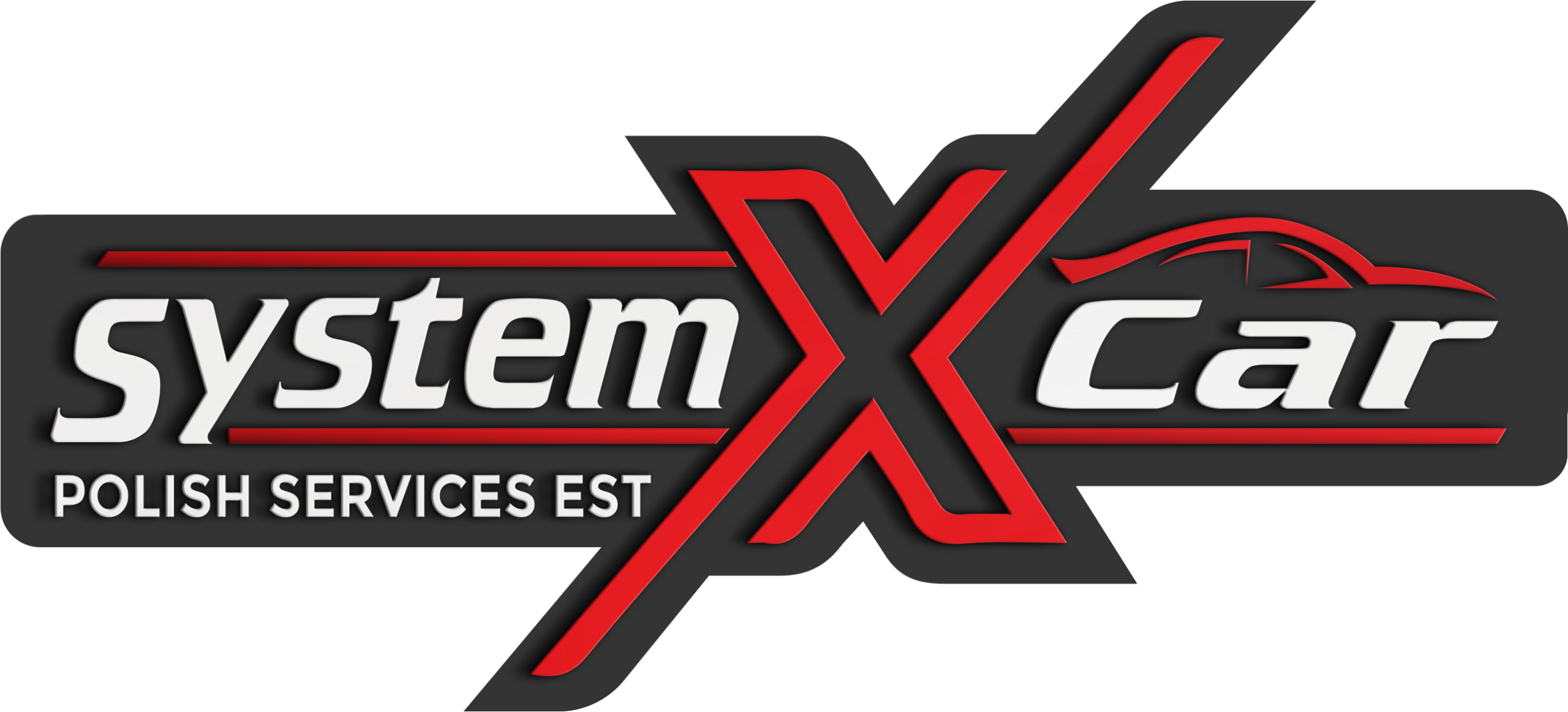Paint Protection Film for Your Car
If you’re a car enthusiast who wants to keep your beloved vehicle looking brand new for as long as possible, then paint protection film (PPF) is a game-changer. In this comprehensive guide, we will answer all your questions about PPF and provide you with valuable insights into this revolutionary automotive product. From understanding what PPF is and how it works to exploring different installation methods and costs, we’ve got you covered. Let’s dive in!

What is Paint Protection Film?
PPF is a physical film applied to a car’s paint surface to provide protection against various types of damage, including rock chips, scratches, and debris. Made from thermoplastic urethane, PPF consists of multiple layers, including a self-healing top coat. This unique feature allows the film to absorb impacts and heal itself, eliminating scratches and swirl marks.
Benefits of Paint Protection Film:
- Unparalleled Protection: PPF acts as a robust shield, safeguarding your car’s paint from the hazards of the road, such as rock chips, bug splatters, and scuffs. It offers a layer of defense that helps maintain the pristine appearance of your vehicle.
- Self-Healing Properties: The self-healing top coat of PPF ensures that minor scratches and swirls disappear over time, keeping your car looking flawless. This feature reduces the need for constant touch-ups and maintenance.
- Easy Maintenance: PPF is incredibly easy to maintain. Regular washing and simple cleaning techniques are usually sufficient to keep the film in top condition. Additionally, PPF is resistant to UV rays, preventing it from yellowing or fading over time.
Installation Methods:
There are different ways to install PPF on your car, each with its own advantages and considerations. Let’s explore three common installation methods:
- Pre-Cut Kits: This method involves using pre-cut PPF kits specifically designed for your car’s make and model. These kits are convenient and save time during installation. However, they may leave exposed edges, which can be prone to peeling or accumulation of dirt and waxes.
- Regular Kits: Using software that generates templates for your car, regular kits offer a precise fit for different panels. However, they typically provide a basic installation without wrapped edges or corners, resulting in a less seamless look.
- Modified Kits: This method combines the convenience of regular kits with the flexibility to extend edges, wrap corners, and add additional coverage. By modifying the kit, the installer can achieve a seamless, customized installation that maximizes protection and aesthetics.
Cost Considerations:
The cost of applying PPF to your car depends on several factors. These include the installation method, film thickness, skill level of the installer, and the extent of coverage. Here’s a general cost range to give you an idea:
- High Impact Areas: Full front bumper, fenders, hood, and mirrors can range from $1,400 to $2,500. Partial kits with half the hood and half the fenders can save a few hundred dollars but may have visible seams.
- Additional Coverage: Adding rocker panels, back luggage area, or the entire car can increase the cost. Full car PPF installation may range from $6,000 to $10,000 or more.
Maintaining the PPF:
To ensure the longevity and effectiveness of your PPF, proper maintenance is crucial. Here are a few tips to keep in mind:
- Regular Washing: Clean your car regularly using a mild automotive shampoo and a microfiber wash mitt or sponge. Avoid harsh chemicals and abrasive scrubbing that could damage the film.
- Avoid Automatic Car Washes: While PPF is durable, it’s best to avoid automatic car washes with brushes that may cause unnecessary wear and tear. Opt for handwashing or touchless car washes instead.
- Quick Removal of Contaminants: Promptly remove any bird droppings, bug splatters, or tree sap from the film. These substances can potentially stain or etch the PPF if left for an extended period.
- Professional Inspection and Maintenance: Periodically have a professional inspect the PPF to ensure there are no issues, such as lifting edges or damage. They can also perform any necessary maintenance, such as reapplication of a top coat.
Conclusion:
Investing in paint protection film is a wise decision for any car owner who wants to preserve the appearance and value of their vehicle. By understanding what PPF is, its benefits, installation methods, and maintenance tips, you can make an informed choice. Remember, while the cost may vary, the protection and peace of mind provided by PPF are priceless. Give your car the ultimate shield and enjoy the joy of driving without worrying about unsightly damage!

